Feeling Off? The Sneaky Sign You’re Not Eating Enough Protein
You ever have those days, or maybe even weeks, where you just feel… off? You’re tired even after a full night’s sleep, your brain feels like it’s wading through mud, and you just don’t have that spark. You blame stress, bad sleep, maybe even your third cup of coffee for not working. But what if the real culprit is hiding in plain sight on your plate?
In this article
From my experience in the wellness world, one of the most common—and overlooked—reasons for that persistent funk is a subtle lack of protein. I’m not talking about a severe deficiency from a medical textbook, but a chronic, low-grade shortage that slowly chips away at how you feel and function.
Protein isn’t just for bodybuilders. It’s the literal building block of you. Think of it like this: your body is a massive, ongoing construction project, and amino acids (the little guys that make up protein) are the bricks, mortar, and wiring. Understanding that is the first step to realizing why getting enough is absolutely non-negotiable.
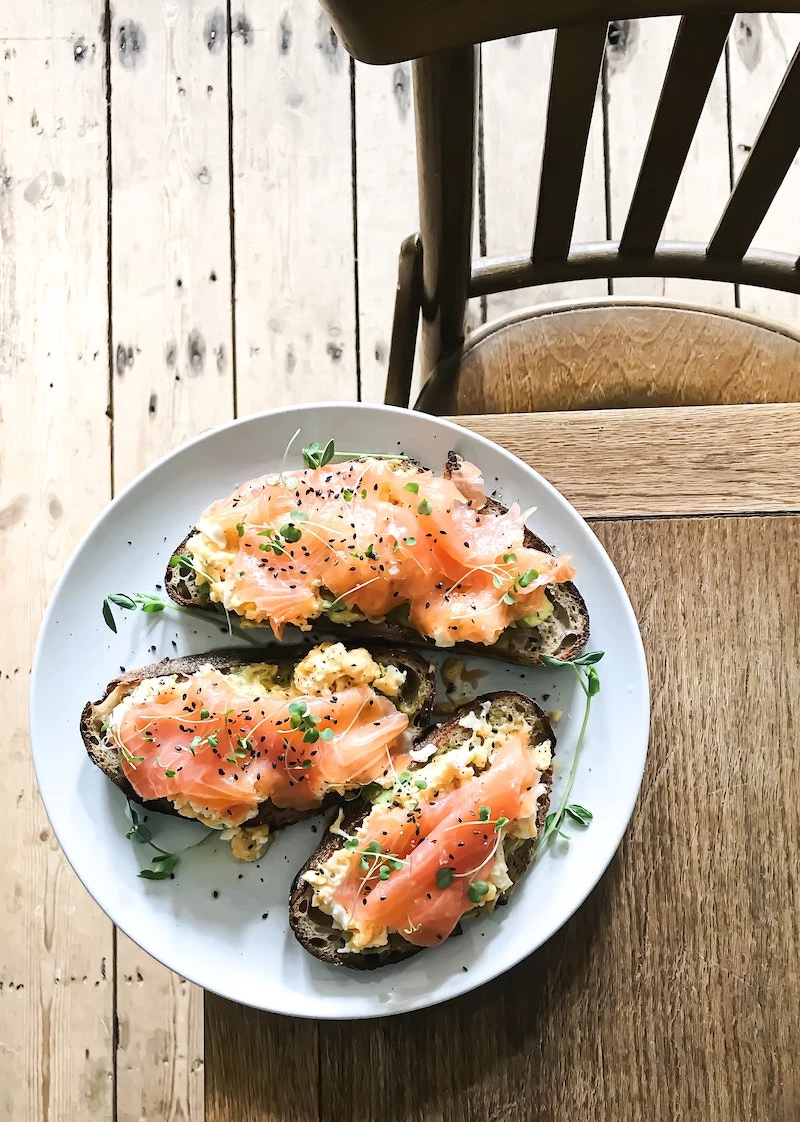
So, What’s Protein Actually Doing in There?
Before we can spot the warning signs, it helps to know what’s supposed to be happening. Your body uses a set of 20 amino acids to run the show. Nine of them are called “essential,” which is a fancy way of saying your body can’t make them. You HAVE to get them from food, every single day. They’re like critical raw materials that must be imported for the factory to stay open.
Here’s a quick rundown of their job descriptions:
- The Body’s Framework: Proteins like collagen and keratin are the literal scaffold for your skin, bones, hair, and nails. When the supply chain is weak, the structure starts to wobble.
- Muscle Maintenance: Your muscles are always in a state of flux, breaking down and rebuilding. This whole process hinges on having a ready supply of amino acids.
- System Operators: Every single chemical reaction in your body is managed by enzymes, which are proteins. Key hormones, like the one that manages your blood sugar, are also proteins. A shortage here can throw your entire system out of whack.
- Immune System Warriors: Your first line of defense against germs are antibodies. And guess what they’re made of? Protein. A low supply means sending your soldiers into battle without enough armor.
- Internal Delivery Service: Proteins in your blood act like tiny transport trucks, carrying oxygen, nutrients, and hormones everywhere they need to go. Fewer trucks mean major delivery delays.
Honestly, once you get this, everything else makes more sense. You see why your hair might get brittle or why you catch every cold—it’s not random. It’s a supply and demand problem.
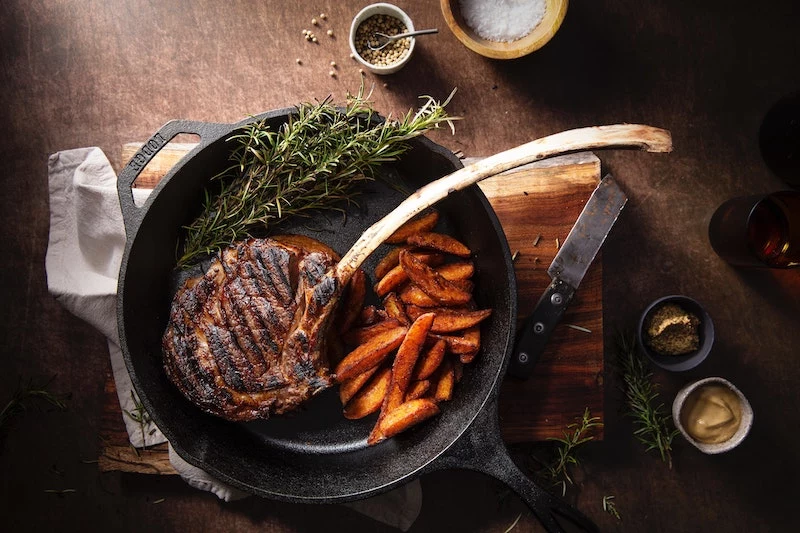
Red Flags Your Body Might Be Waving
Your body is pretty good at telling you when it needs something. You just have to learn its language. Here are some of the most common signals I’ve seen that point to a protein shortfall. Heads up, though: these can have other causes, so it’s always smart to check in with a doctor to get the full story.
1. You’re Tired All the Time
This is the big one. It’s not just sleepy-tired; it’s a deep, heavy fatigue that caffeine can’t touch. If you’re not eating enough protein, your body has to get those essential amino acids from somewhere. Its first choice? Your muscle tissue. It will literally start breaking down muscle to fuel more critical functions. This loss of muscle directly zaps your strength and stamina. Plus, if it affects your red blood cells (our oxygen-carriers), you’ll feel exhausted no matter what.
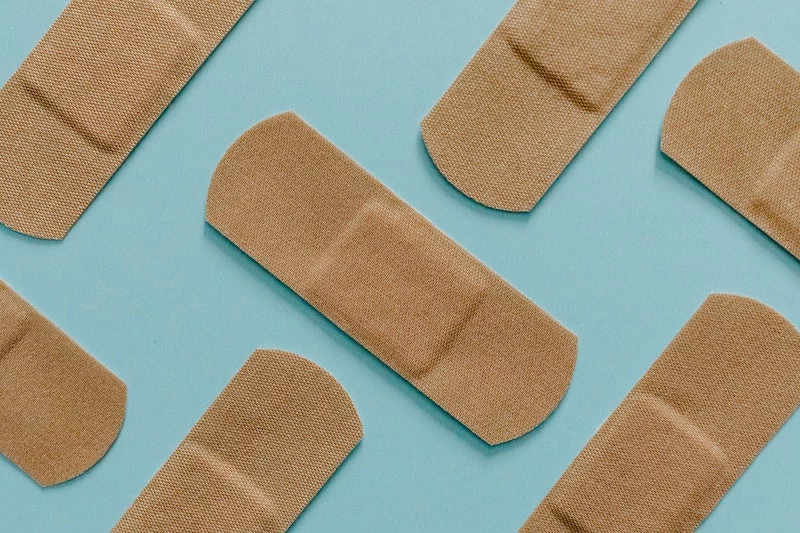
2. Minor Scrapes and Bruises Stick Around Forever
I once knew a cyclist who was baffled because little cuts from a minor fall just weren’t healing. It turned out he was carb-loading but forgetting protein, the body’s primary repair material. Collagen, which forms the new tissue, is a protein. The immune cells that clean the wound are proteins. When you’re running low, the entire repair process slows to a crawl. This is a surprisingly reliable sign that your internal construction crew is short on supplies.
3. Losing Muscle, Not Just Weight
Maybe you haven’t just been feeling weak, but you’ve noticed you look… softer. Less definition in your arms and legs. This is a huge issue for two groups: older adults and anyone trying to lose weight. For folks over 65, muscle loss is a natural part of aging, but not eating enough protein puts that process into overdrive. And if you’re dieting? Cutting calories without keeping protein high is the fastest way to lose precious, metabolism-boosting muscle instead of fat. A common mistake is focusing only on the number on the scale, not what that weight is made of.

4. Your Hair, Skin, and Nails Are a Mess
Hair, skin, and nails are mostly made of a protein called keratin. Since keeping your hair shiny isn’t as important as, say, keeping your heart beating, your body will ration protein away from these cosmetic areas first. You might see more hair in the shower drain, your skin might look dull and dry, and your nails might get brittle and develop ridges. While other nutrient issues can cause this, a lack of protein is a frequent and often-missed culprit.
5. You’re Constantly Hungry and Craving Sugar
Ever eat a big meal and feel hungry an hour later? Check its protein content. Protein is the most satiating macronutrient. It helps you feel full and, crucially, it slows down digestion. This helps prevent the wild blood sugar spikes and crashes that come from a carb-heavy meal. When your blood sugar crashes, your brain screams for a quick fix—usually sugar. Adding a solid protein source to your meals is one of the best ways to get off that rollercoaster.
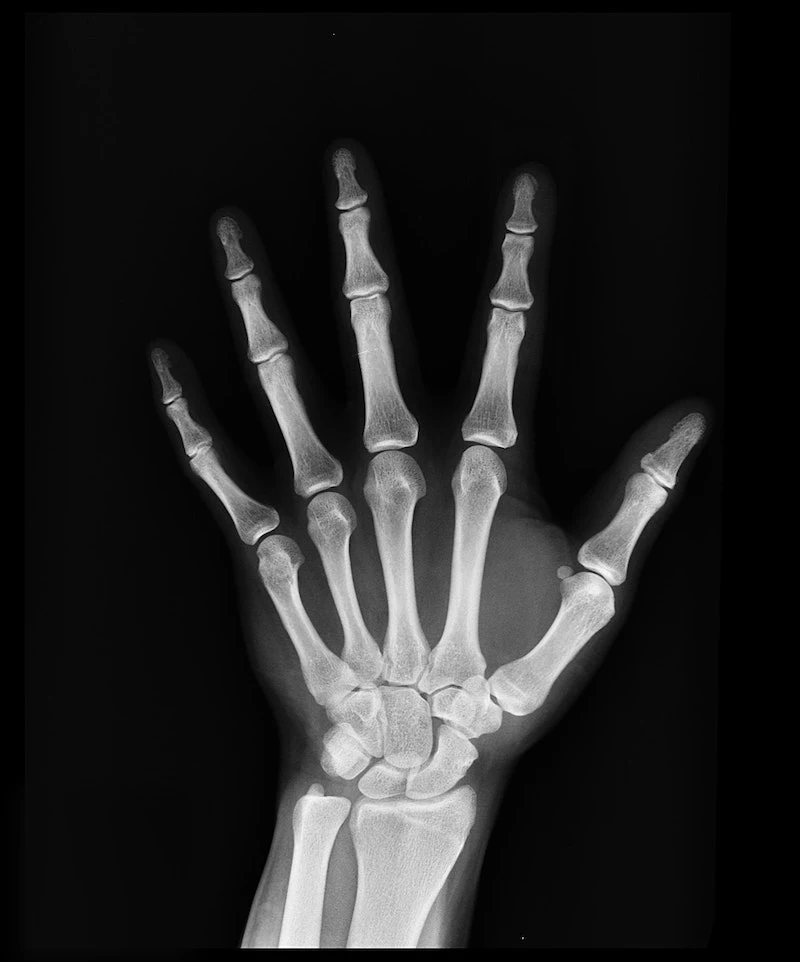
6. You’re Always Getting Sick
Feel like you catch every bug that goes around the office? As we covered, your immune system’s antibodies are proteins. When you can’t make enough of them, your defenses are down. It’s that simple. You’ll not only get sick more often, but it might take you longer to recover. Paying attention to protein during cold and flu season is a smart, foundational move for staying healthy.
7. Swelling in Your Hands and Feet (Edema)
Okay, this one is more serious and can point to a more significant, long-term deficiency. A protein in your blood called albumin helps keep fluid where it belongs—inside your blood vessels. When albumin levels get too low, fluid can leak into your tissues, causing puffiness and swelling, especially in your ankles, feet, and hands. If you notice any new or weird swelling, please see a doctor right away, as it can also be a sign of other serious conditions.

How to Figure Out How Much You Actually Need
Let’s get practical. The old “one-size-fits-all” numbers aren’t very helpful. A better approach is to base it on your body weight and activity level. To get your weight in kilograms (kg), just divide your weight in pounds by 2.2.
- For most sedentary adults: Aim for about 0.8 grams of protein per kg of body weight.
- If you’re moderately active (e.g., exercise 2-3 times a week): Shoot for 1.0 – 1.2 g/kg.
- For the highly active and athletes: You’ll want more, around 1.2 – 2.0 g/kg.
- If you’re trying to lose weight: A higher intake of 1.2 – 1.6 g/kg is key to preserving muscle.
- For adults over 65: At least 1.0 – 1.2 g/kg is recommended to help fight age-related muscle loss.
A Quick Reality Check: What 100g of Protein Looks Like
Numbers are abstract, so what does this look like in real food? Here’s a sample day that gets you to about 100 grams without much fuss:

- Breakfast: A bowl of Greek yogurt (1 cup) with a handful of almonds. (~25g protein)
- Lunch: A big salad topped with 4 oz of grilled chicken breast. (~30g protein)
- Afternoon Snack: A hard-boiled egg and a cheese stick. (~13g protein)
- Dinner: A 4 oz filet of salmon with a side of quinoa and broccoli. (~30g protein)
See? It’s not about eating giant steaks all day. It’s about being strategic at each meal.
Making It Happen: Smart Strategies and Easy Swaps
Knowing your target is one thing; hitting it consistently is another. Here are some tips that actually work.
Pace Your Protein—Especially at Breakfast!
Your body can’t store protein for later, so eating 60 grams at dinner and only 10 the rest of the day isn’t ideal. Spreading it out is way more effective. Aim for 20-30 grams at each main meal. For most people, the biggest hurdle is breakfast.
So, here are 3 ways to get a 30g protein breakfast in under 10 minutes:

- The Savory Scramble: Whisk 3 eggs with a splash of milk and ¼ cup of shredded cheese. Scramble in a pan. Takes 5 minutes, tops. (~25-30g protein)
- The Sweet & Creamy Bowl: Start with 1 cup of plain Greek yogurt or cottage cheese. Top with ¼ cup of nuts or seeds (like pumpkin or sunflower seeds) and some berries. No cooking required. (~30g protein)
- The Liquid Option: Blend one scoop of quality protein powder (whey, casein, or a plant-based blend) with milk or a milk alternative and a handful of spinach. It’s a powerhouse you can sip on the go. (~25-35g protein)
Finding Quality Protein (That Fits Your Budget)
Let’s be real: protein can be the most expensive part of your grocery bill. But it doesn’t have to be. Quality is key, but so is affordability.
Top-Tier Animal Sources:
- Chicken or Turkey Breast (a 4oz serving has ~30g protein). A kitchen staple.
- Lean Red Meats (a 4oz serving has ~25g protein). Great, but can be pricier.
- Fish like Salmon or Tuna (~25g per 4oz). Canned tuna is a super budget-friendly option, often under $2 a can.
- Eggs (~6g per large egg). Hands down one of the cheapest, most versatile proteins available. A dozen usually costs between $3 and $6.
- Greek Yogurt & Cottage Cheese (~20-25g per cup). Look for plain versions to avoid added sugars.
Excellent Plant-Based Sources:
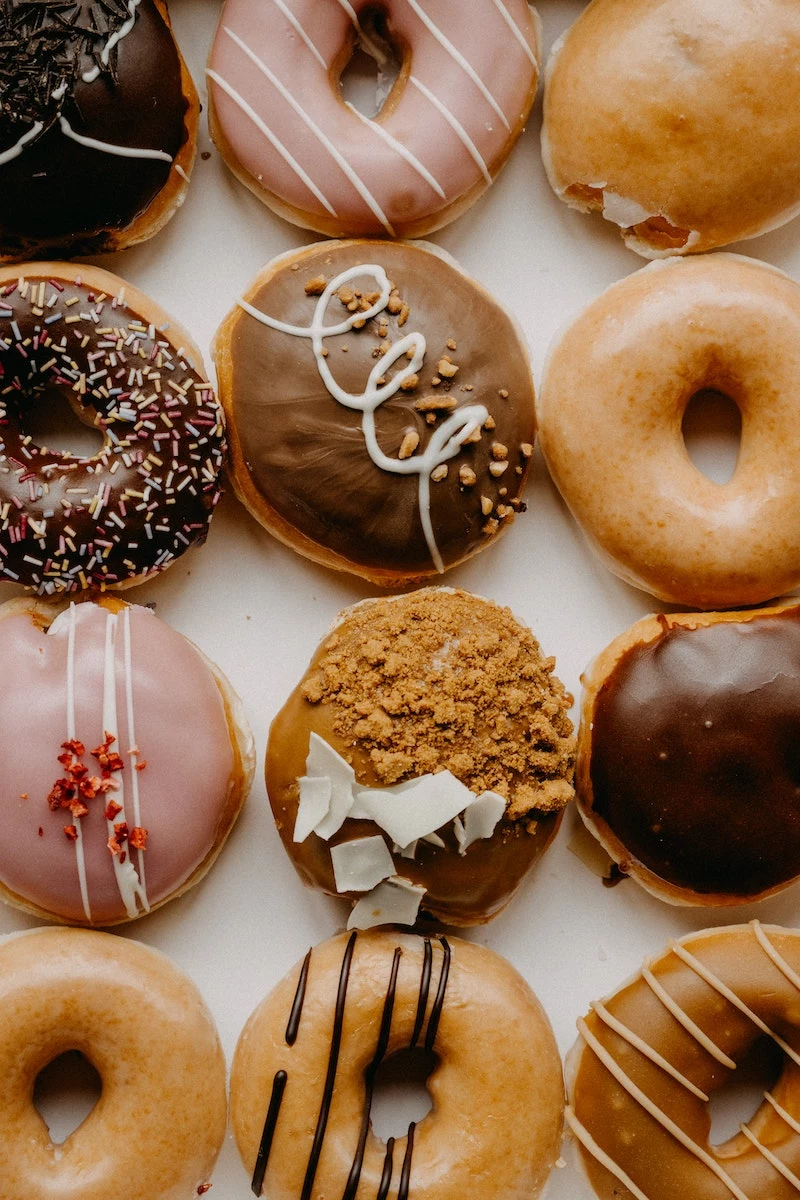
- Lentils (~18g per cooked cup). The king of budget protein! A one-pound bag costs about $2-$3 and makes a ton of food.
- Beans and Chickpeas (~15g per cooked cup). Also incredibly affordable and versatile.
- Tofu & Edamame (~20g per half-cup of tofu, ~17g per cup of edamame). Plant-based workhorses.
- Quinoa (~8g per cooked cup). A great choice because it’s a complete protein, meaning it has all nine essential amino acids.
What About Protein Bars and Powders?
Ah, the convenience factor. Protein supplements can be a great tool, but they’re not magic. Think of them as a backup, not your primary source.
Protein Bars: Be a detective here. Many are just glorified candy bars with a sprinkle of protein. My rule of thumb? Flip it over and look at the sugar content. If it has more than 8-10 grams of sugar and less than 15 grams of protein, it’s probably not your best choice. Look for bars with simple ingredients you recognize.

Protein Powders: These are amazing for convenience, especially post-workout or for those with low appetites. The supplement industry can be a bit of a wild west, so I always recommend choosing brands that use third-party testing from organizations like NSF International or Informed-Sport. This just verifies that what’s on the label is actually in the tub.
Important Questions and Final Thoughts
Let’s clear up a couple of common fears. There’s a persistent myth that a high-protein diet is bad for your kidneys. For the vast majority of people with healthy kidneys, this has been thoroughly debunked. Your body is equipped to handle it. However, and this is critical, if you have pre-existing kidney disease, you MUST follow your doctor’s specific advice on protein intake.
So, can you eat too much protein? For most people, it’s hard to do. Your body is pretty good at using what it needs. Extreme overconsumption (like, way beyond the 2.0 g/kg recommendation) isn’t necessarily better and could lead to digestive issues or dehydration, as your body works harder to process it. The sweet spot is giving your body what it needs, not overwhelming it.

My final piece of advice? Don’t guess with your health. If any of these signs sound way too familiar, start by having a conversation with your doctor. And if you want to make lasting changes, working with a registered dietitian can be a game-changer. We can help you build a plan that works for your body, your lifestyle, and even your wallet.
Your quick challenge for today: Take a look at what you ate for your last meal. Could you have added one thing to boost the protein? A sprinkle of seeds on your oatmeal? A hard-boiled egg with your salad? A scoop of beans in your soup? Small, consistent upgrades are what build a truly healthier you.
Inspirational Gallery
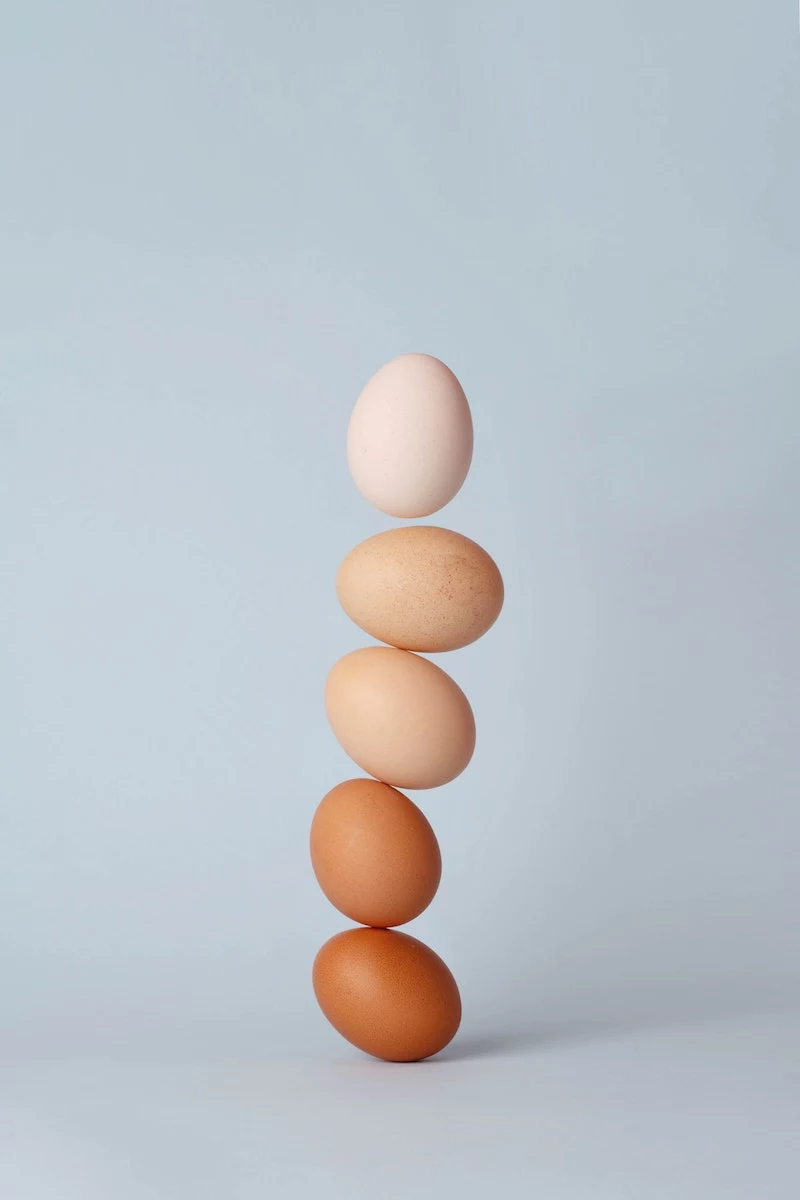
Wondering about protein powders but confused by the options? It often comes down to timing.
Whey Protein: Think of this as the fast-acting specialist. It digests quickly, flooding your muscles with amino acids right when they need them most—typically within 30-60 minutes after a workout. It’s perfect for kickstarting the recovery and rebuilding process. Brands like Optimum Nutrition Gold Standard are popular for a reason.
Plant-Based Blends: Often combining pea, rice, and sometimes hemp protein, these are fantastic not just for vegans but for anyone seeking a dairy-free option. They provide a complete amino acid profile and can be gentler on the digestive system. A scoop of Vega One or Garden of Life in your morning smoothie ensures a steady protein supply to start your day.










